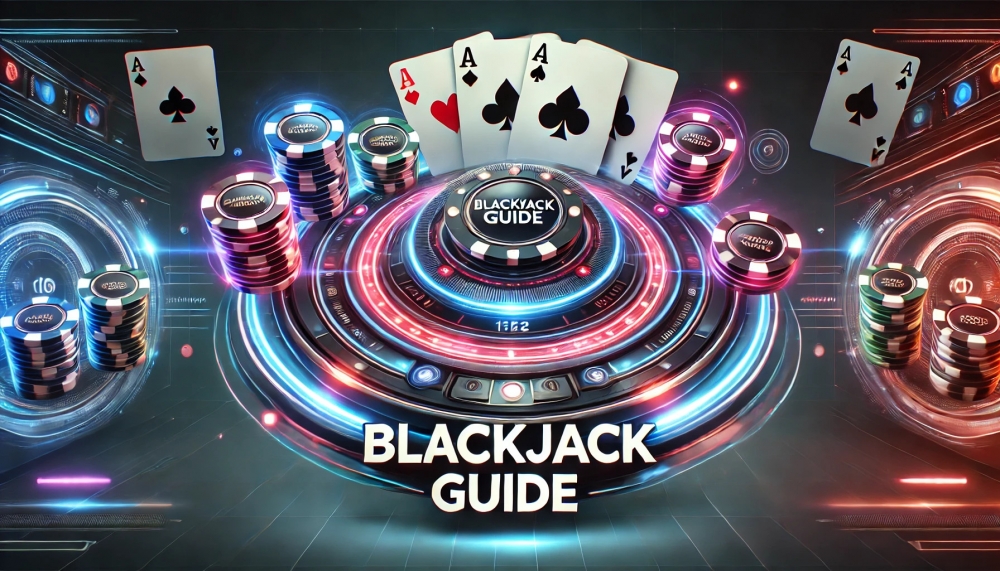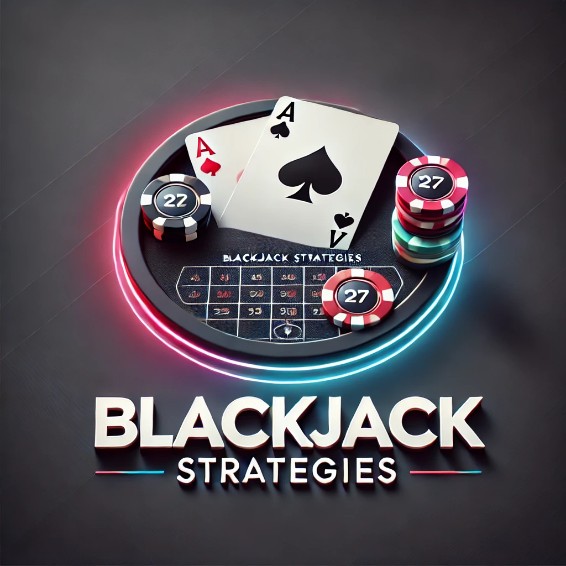
Blackjack Basics: The Game That Blends Luck and Strategy
Blackjack is one of the most beloved casino games worldwide because of its unique combination of strategy and chance while many other casino games are purely by luck and chance. One of the key factors contributing to blackjack's enduring popularity is its relatively low house edge compared to other casino games. This game will need skillful decision-making, allowing players to influence outcomes and not just by luck. Its history can be traced back to 18th-century France, it was originally called “Vingt-et-Un” or twenty-one. While this is a casino game that requires strategies and skills, it is worth the time for players to study its knowledge and strategies or order for players to master the game and make decisions during gameplay.
Knowing Blackjack terms
Before exploring the basics of blackjack strategies, how are you going to master the game if you do not even know the terms? It’s essential to understand some of the basic terminologies used in blackjack. Here are essential terms every player should be familiar with:
| Terms | Explanation |
| Hit | Requesting another card from the dealer to improve your hand. |
| Stand | Declining further cards, keeping your current total. |
| Double Down | Doubling your initial bet in exchange for committing to stand after receiving one additional card. |
| Split | When dealt two cards of the same value, you can split them into two separate hands by placing an additional bet equal to your original wager. |
| Bust | When the total value of your hand exceeds 21, resulting in an automatic loss. |
| Push | A tie between the player and dealer, where no one wins or loses. |
| Soft Hand | A hand containing an Ace valued at 11, such as Ace-6. |
| Hard Hand | A hand without an Ace or with an Ace valued as 1, such as 10-8 or Ace-7. |
Blackjack Basic Strategies

Blackjack isn’t purely a game of luck.
By adopting a strong strategy, players can improve their odds significantly. A basic blackjack strategy provides a mathematically sound approach to decision-making based on the player’s hand and the dealer’s visible card.
5 Key Blackjack Strategies
| Always Split Aces and 8s | Splitting Aces increases your chances of forming two strong hands. Splitting 8s helps you avoid the unfavourable total of 16. |
| Double Down on 11 Against Dealer's Low Cards |
If your hand totals 11, doubling down against a dealer showing 2-10 can maximize your potential winnings. |
| Stand on Hard 17 or Higher |
A hard total of 17 or above comes with a high risk of busting, so it’s safer to stand. |
| Hit on Soft 17 (Ace-6) | A soft 17 has room to improve without busting, so keep hitting until you have a stronger total. |
| Avoid Insurance Bets |
Taking insurance may seem appealing when the dealer has an Ace, but it’s statistically a poor bet that raises the house edge. |
Additional Tips for Basic Strategy
- Understand Dealer Rules: The saying of Know yourself and know your enemy is a wise saying from Sun Tzu. You should know all the game rules including the dealer’s rule to have better decision making. Dealers must follow strict rules, like hitting on 16 and standing on 17. Predicting their moves can help you plan better.
- Manage Your Bankroll: Set a budget before playing to avoid over betting or chasing losses. Make sure that you have a high chance of winning, then only double your bet or surrender when the winning chance is low.
- Know the Table Rules: Different tables may have variations, such as whether dealers hit on soft 17, betting size, or number of decks which can affect your decisions. You should choose the table that matches your game preference.
Blackjack Strategy Chart
This comprehensive strategy guide provides rules for optimizing your decisions based on the dealer's upcard. Use this to increase your chances of winning in a standard blackjack game.
4-8 Decks, Dealer Stands on Soft 17
Hard Totals
| Player Total | Dealer's Card |
| 8 or less | Always Hit |
| 9 | Double if Dealer has 3-6, otherwise Hit |
| 10 | Double if Dealer has 2-9, otherwise Hit |
| 11 | Double if Dealer has 2-10, otherwise Hit |
| 12 | Stand if Dealer has 4-6, otherwise Hit |
| 13-14 | Stand if Dealer has 2-6, otherwise Hit |
| 15 | Stand if Dealer has 2-6, Surrender if Dealers has 10, otherwise Hit |
| 16 | Stand if Dealer has 2-6, Surrender if Dealers has 9/10/A, otherwise Hit |
| 17+ | Always Stand |
Soft Totals
| Player Total | Dealer's Card |
| A-3, A-4 | Double if Dealer has 5-6, otherwise Hit |
| A-5, A-6 | Double if Dealer has 4-6, otherwise Hit |
| A-7 | Double if Dealer has 3-6, otherwise Hit |
| A-8 | Double if Dealer has 3-6, If not allowed, Stand If Dealer has 9-10/A, Hit it |
| A-9 | Always Stand |
Splittable Hands
| Pair | Dealer's Card |
| A-A | Always Split |
| 2-2, 3-3 | Split if Dealer has 2-7, otherwise Hit |
| 4-4 | Split if Dealer has 5-6, otherwise Hit |
| 5-5 | Double if Dealer has 2-9, otherwise Hit |
| 6-6 | Split if Dealer has 2-6, otherwise Hit |
| 7-7 | Split if Dealer has 2-7, otherwise Hit |
| 8-8 |
Always Split |
| 9-9 | Split if Dealer has 2-6 or 8-9, otherwise Stand |
| 10-10 | Always Stand |
Consistent practice after learning blackjack strategies and knowledge is important to keep you familiar with them. Start with free online games or small-stakes tables to build confidence. The more you practice, the more natural decision-making becomes, and the quicker to apply those strategies, this will build your confidence in the game, allowing you to play efficiently without needing to reference charts constantly.
Conclusion
Blackjack offers an exciting combination of strategy and luck that can transform it from a casual hobby into a skillful, rewarding pursuit. By understanding the game’s terms, mastering basic strategy, and practicing regularly, you can reduce the house edge and improve your overall gameplay. Whether you’re just starting or refining your technique, blackjack remains a thrilling game that combines entertainment with the potential for success.

